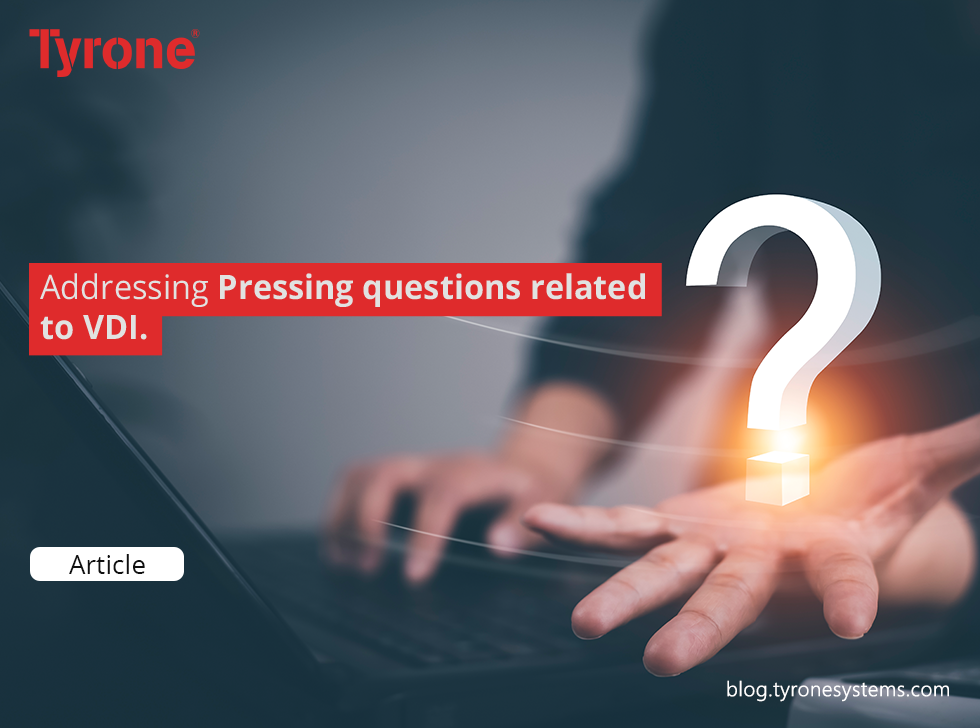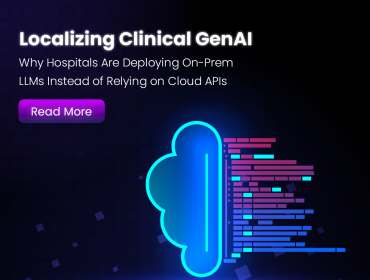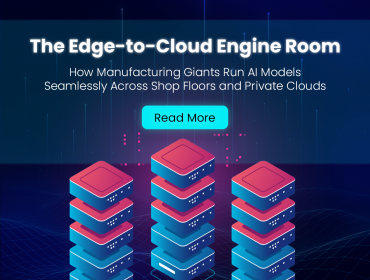Nearly six out of ten (59%) employees with jobs that allow remote work take it. No matter where they are, all employees can get a consistent and uniform virtual desktop experience, which keeps them connected and productive.
While working remotely is flexible and offers many advantages, there are also some disadvantages. More than half (54%) of IT professionals say maintaining secure communications with a company’s IT infrastructure is a top priority. According to OpenVPN, more than two-thirds (36%) of firms suffered a security problem due to remote workers’ behavior.
Worker access to vital systems and data is made possible by virtual desktop infrastructure (VDI). Let’s understand what VDI is. And explore VDI FAQs.
- What is VDI?
Virtual Desktop Infrastructure is what VDI stands for. It is a piece of software that enables remote users to connect to a company’s server, files, apps, and computer systems securely through the cloud over the internet. VDI allows businesses to give remote users the same user experience and accessibility that they would receive if they visited the office and used a standard desktop computer.

2. Is There a Difference Between VDI and Remote Desktop?
On the surface, virtual desktops and remote desktop services (VDI and RDS) might not appear to vary all that much from one another. Regarding user experiences, there are certain parallels and clear contrasts, particularly for IT workers who must manage or support each.
RDS has fewer supported devices but works on Windows and Mac desktops and laptops. The biggest drawback of RDS compared to VDI is that it uses shared resources. This means that if one user causes an application to stop or freeze, it will affect all users using that RDS application. RDS is an application built on early 2000s technology that emulates a server operating system on a desktop. The first multi-user native desktop operating system developed during the past two years for this specific use case is Azure, which runs Windows 10/11 Multi-User Edition.
3. What are the benefits of VDI?
Flexibility: Users can access information by going to the workplace rather than using only their work computers or accessing information by traveling to the workplace. Bring-your-own devices (BYODs), tablets, mobile devices, and a variety of other platforms are all supported by VDI.
Infrastructure: Since the computing power of VDI is stored in the cloud, IT departments can increase the lifespan of their company’s machines or choose to buy less costly PCs. Businesses may cut down on hardware maintenance and replacement.
Continuity: Workers can access the same crucial apps and data and enjoy the same user experience from anywhere there is an internet connection. Even simple keyboard, mouse, and other user interactions may mimic the responsiveness you might encounter while using a computer in an office setting.
Scalability: A VDI environment can expand or contract as needed. An organization could have seasonal capacity spikes, for instance, when more VDI capacity might be added or reduced as required.
Security and Compliance: Instead of being kept on personal PCs or internal servers, all data is backed up in a highly secure data center. It makes downloading compliance paperwork quick and straightforward. Additionally, because confidential information isn’t kept on a worker’s laptop, a thief cannot access it.
Optimal Uptime: VDI technology offers a wide variety of fail safes and is far more durable and dependable than remote desktops, which are more susceptible to network disruptions.
Cost of Ownership: Companies may lower the total cost of ownership by reducing the need for extra IT workers or technical assistance with the help of a certified VDI partner.

4. What is the ROI of a Virtual Desktop?
An example is an investigation by the International Data Corporation (IDC) into highly regulated sectors, including government, healthcare, and banking. They discovered that study participants who used VDI capabilities saw a return on their expenditures within six months, a decrease in unexpected downtime of over 50%, and a reduction in fines for compliance-related issues of 35%. Their compliance teams’ output increased by 24% as well. The businesses who took part in the study calculated all these variables over time and determined their five-year ROI was an incredible 465%!
Organizations may lower their personnel expenditures, license expenses, security concerns, and downtime thanks to AVD. Additionally, it streamlines an organization’s IT infrastructure, enabling teams to more easily maintain their systems and devote more time to other crucial tasks.











